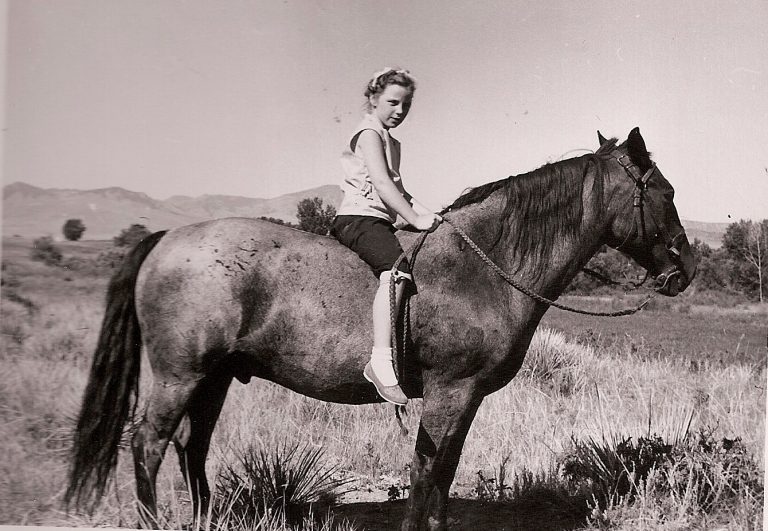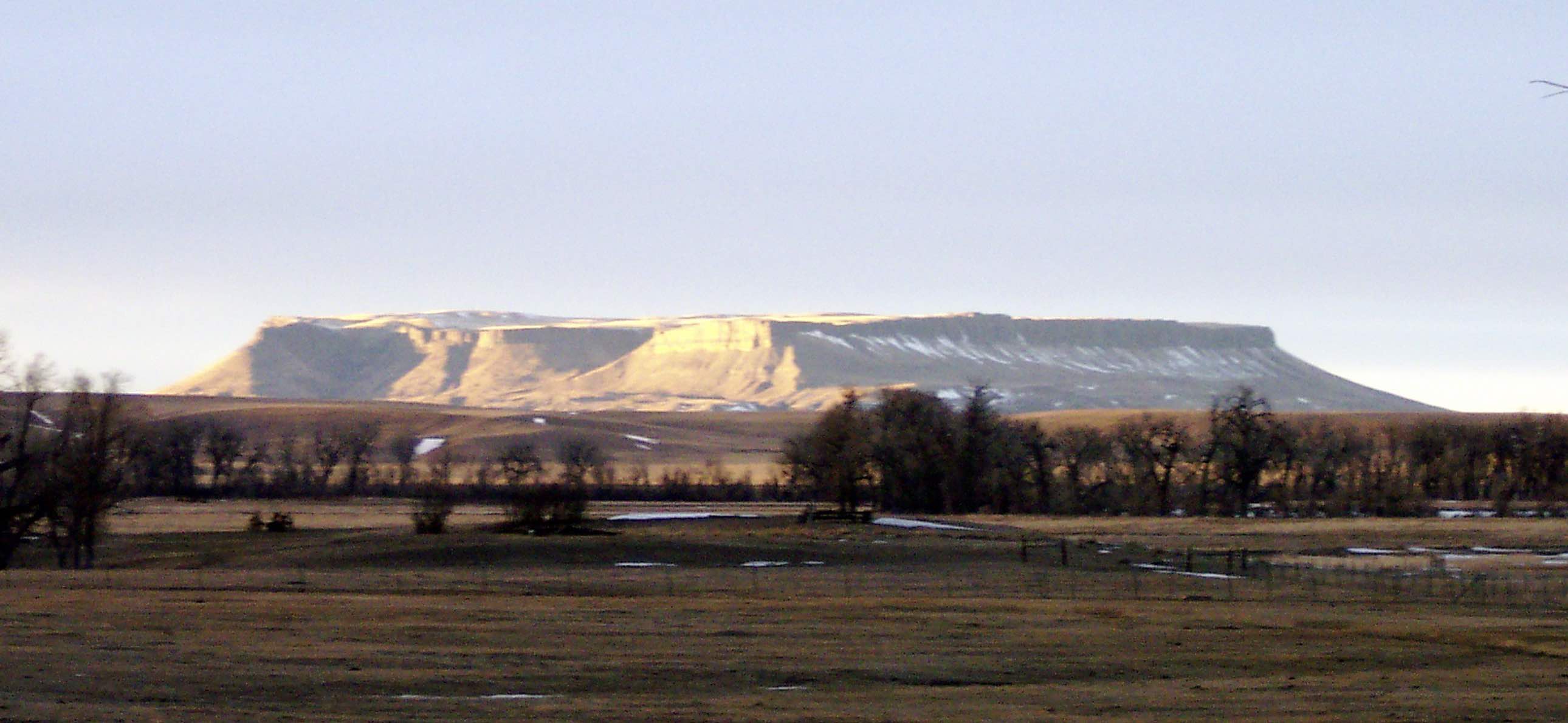
Flying hooves sprayed sand in my face. Fetlock hair and hooves filled my viewshed as I hung upside-down and tangled in a stirrup. I remember wondering how strange the horizon looked.
The day had started out quite differently. My mule-headed, opportunistic pony and saddle had been traded; and I had moved up to a “real” horse, a snappy buckskin whose pace matched my dad’s horse, stride for stride. However, we soon discovered that my legs were too short to reach the stirrups in any of our saddles. Undeterred, my dad set about finding a solution.
In the depths of the barn’s tack room, my great-grandfather’s 1880’s saddle hung, covered in old burlap bags and suspended by a rope attached to its horn. My dad had carefully saved it, even through the bad times, because it was the saddle my grandfather rode east as he left his home on the Prickly Pear. Taking it down, my dad quickly brushed off the saddle with his gloved hand, saying, “This will work just fine.” Then he helped me climb up and into a different world, from astride a much taller horse.
However, the story doesn’t end there.
Worn slick by years of use, the saddle was a precarious perch, and even with the adjustment, my feet didn’t reach into the leather-hooded stirrups. Not to be stopped, my dad nailed a block of wood into each stirrup, so I would have a little platform on which to rest my boots. We set off to find a missing cow and calf.
But life always seems to have a curve. On reflection, I think of E. M. Forster writing, “Life never gives us what we want at the moment that we consider appropriate. Adventures do occur, but not punctually.”
In my case, a pheasant flying out from beneath my horse startled her. I was thrown off; my right leg hung free, and I was left dangling by my left leg caught in the stirrup. The top of my head and my hair just brushed the ground as my horse raced across the prairie. Suddenly inverted, the world was filled with upside down yucca plants stabbing the sky.
I pulled on the one rein that I still held. Gradually, my horse turned, allowing my father time to catch up and stop the flight. Untangled from the stirrup, I fell into a rosebush; and the gyroscope of perspectives in my head righted itself. However, it would be a long time before I rode again, and only then bareback on my trusted “Blue,” a blue roan with his own remarkable story.
Luckily, we don’t need to be carried by a horse on a wild ride, upside down across the prairie, to gain a new view of the world. We don’t have to physically be turned bottom side up to see the horizon and the future in a different way.
Although our physical eyesight is precious to our view of the world, of equal importance is the inner eye — that sense that grasps new ideas, recognizes new opportunities, sees new ways of doing old tasks.
Often the opportunities, the new ideas lie comfortably nestled in our current realities, undetected by us in our headlong rush toward a horizon that is “right side up.” Solutions lie within our grasp, but instead go unheeded, victims of our reluctance to see not just idly look.
[Partially published 8/25/10. Photo by Russell B. Jones.]

Comments are closed, but trackbacks and pingbacks are open.